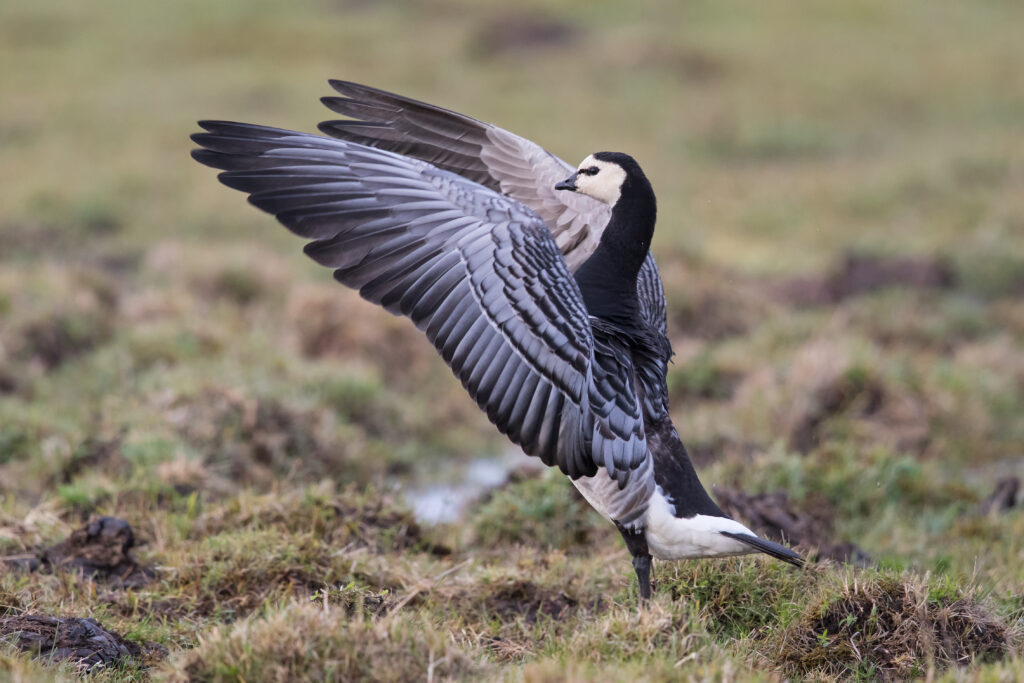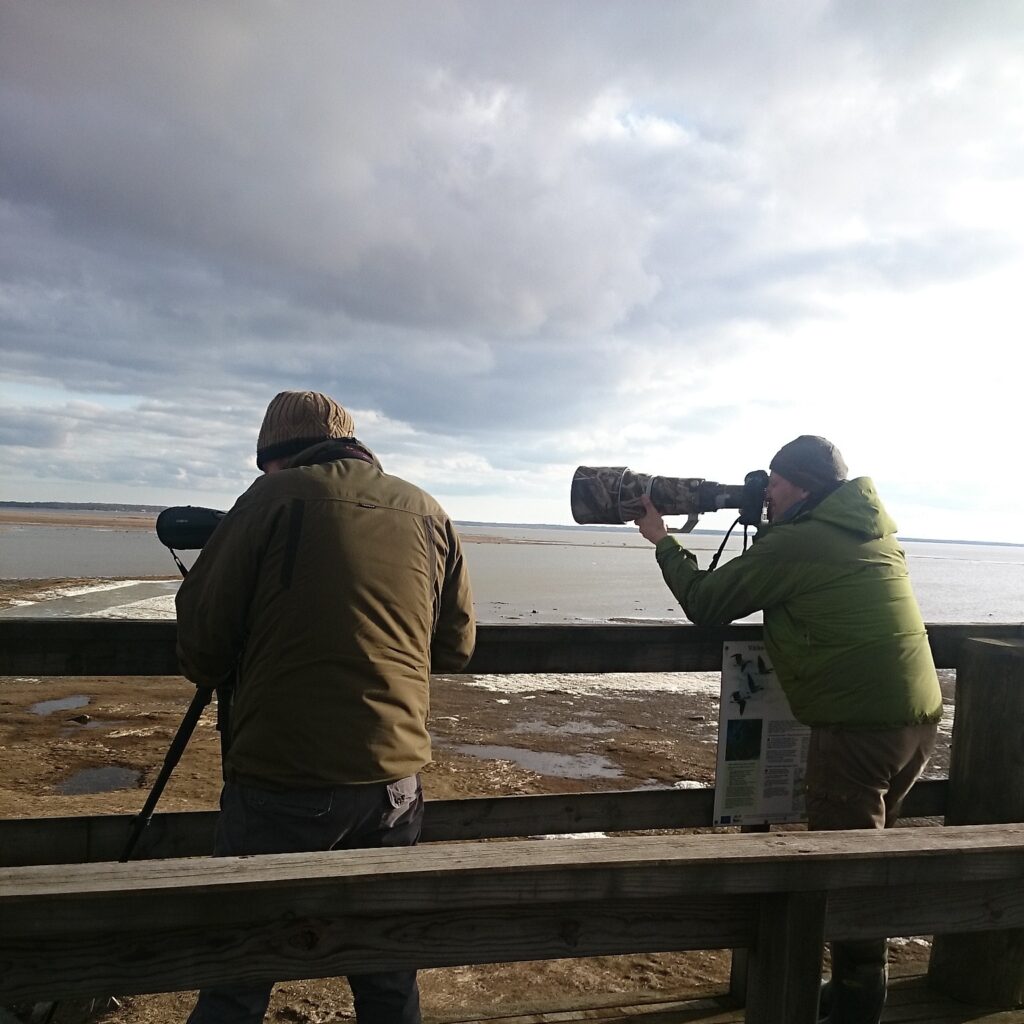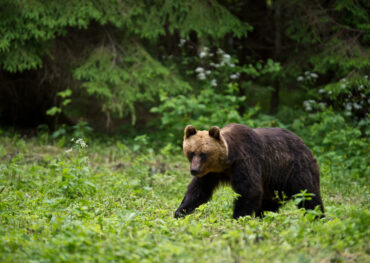After their short breeding season, millions of Arctic waterfowl start to migrate southwards. Following a first long haul over the northern part of the continent, the Estonian coast is an important staging post to rest and refuel before continuing the trip. Besides water birds, it’s also migration time for waders, passerines, and birds of prey. Local breeders, such as woodpeckers (f.e white-backed, three-toed, black, grey-headed and middle-spotted) are much more active and easier to find than during summer. The latter applies also to owls, who can be seen and heard next to forest clearings. Capercaillie are looking for food on pine trees or grit next to gravel roads during early mornings. Black Grouse are visiting their spring lekking grounds and performing threir false lek. Hazel Grouse are often heard whistling in suitable habitats. While the main focus of this birding tour will be the autumn migration, we will also look for other aforementioned target birds in the beautiful forests of Estonia.
Overview
Estonia’s long, indented coastline provides a wealth of habitats for stopovers – sheltered bays, islets, coastal lagoons and lakes, flooded meadows, marshes, and bogs.
Migrating passerines will concentrate on the wooded strips on the coast or extended peninsulas stretching southward.
Autumn migration is difficult to predict and it depends largely on the weather, but the migration peak in Estonia is usually late or mid-September/early October.
What can you see?
- Mass migration of cranes and geese
- Visible passerine migration
- Arctic Waterfowl
- Owls (Ural, Pygmy, Tengmalms)
- Woodpeckers (White-backed, Middle-spotted, Grey-headed, Three-toed, Black Woodpecker.)
- Black and Hazel Grouse, Western Capercaillie
- Whooper Swan, Bewick's Swan






















Write a Review